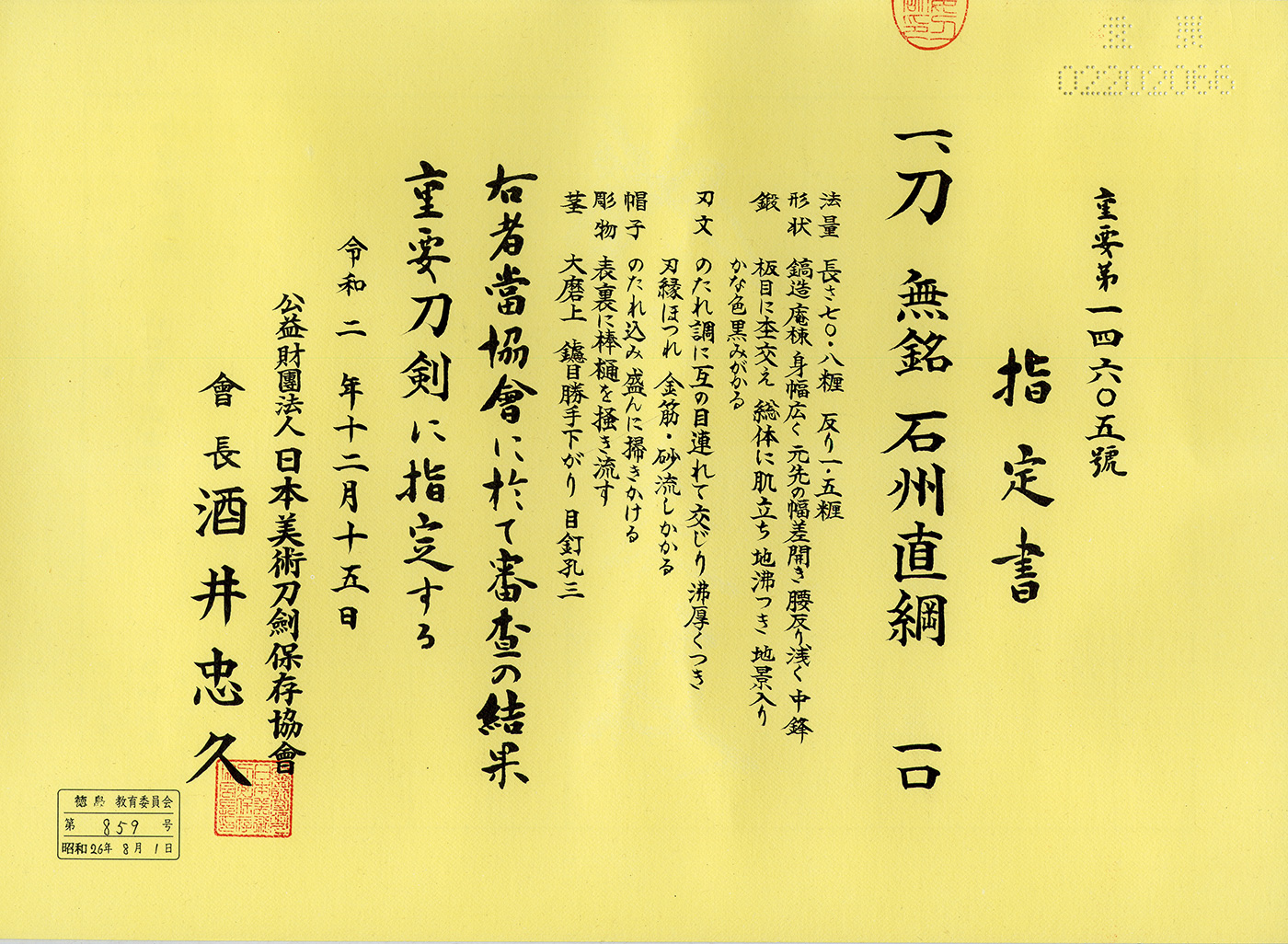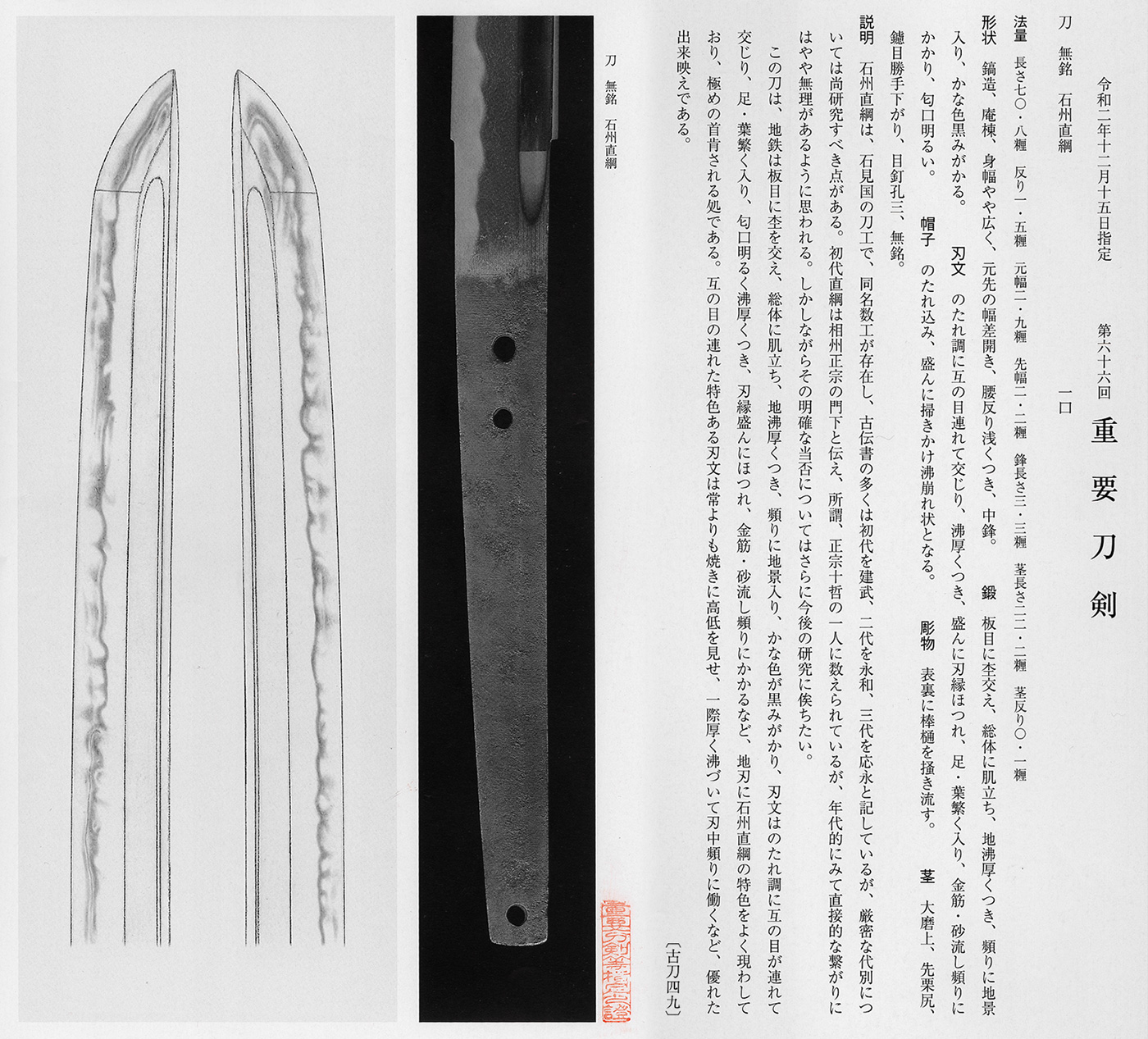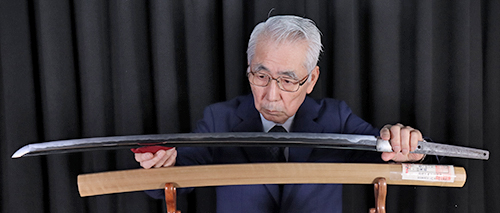Bid History
Auction has expired
Highest bidder was : mikemartyn
|
mikemartyn
2025/05/24 (Sat) 10:21 |
¥3,500,000 |
|
Auction started
2025/05/17 (Sat) 11:51 |
|
※ = Auto

 日本語
日本語





